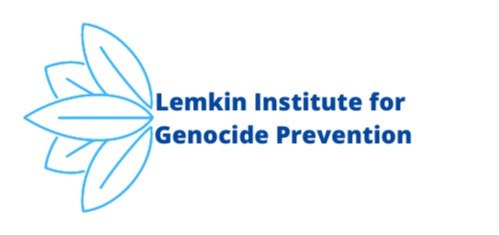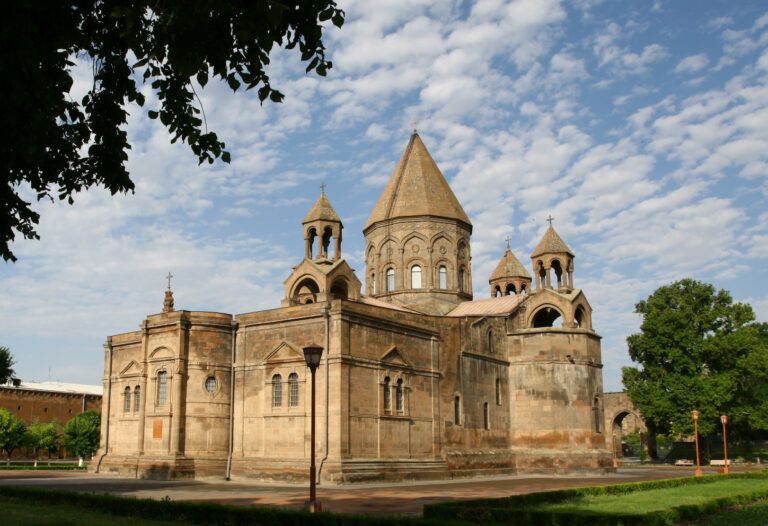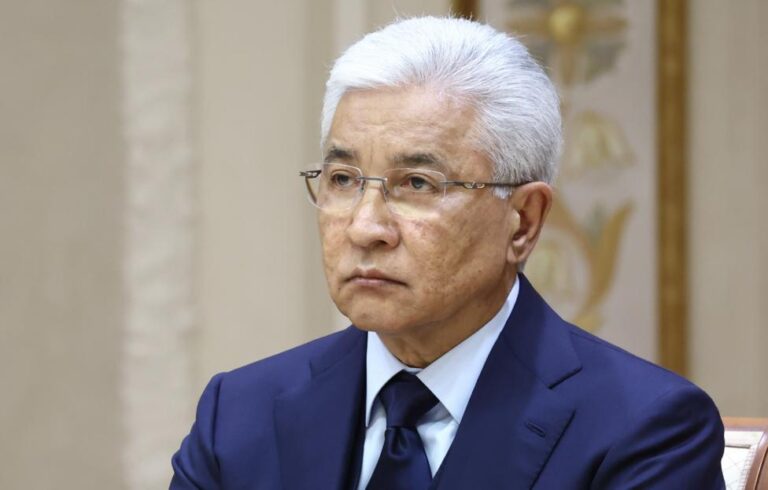The fortress and mansion of the Melik-Beglaryans in Talish is on the verge of destruction
September 07 2023, 23:30

The website monumentwatch.org, which monitors Artsakh’s cultural heritage, writes:
“As a result of the 44-day war of 2020, Talish village of Martakert region and its surroundings were also occupied by Azerbaijan. There are a number of famous monuments around the village of Talish, including the fortress and mansion of the rulers of Gulistan, Melik-Beglaryans, and Horekavank. The Melik-Beglaryans mansion is located about 4 km west of Talish village, in front of Horekavank, in the east-facing and north-facing Armenian segments of a forested hillside. The ruins of two mansions can be seen on the spot.
An examination of the July 15, 2022 satellite image released by the Monument Watch team to the Google Earth satellite service shows that significant changes have been made to the monument area. Before the war of 2020, the mansion, although half-ruined, was preserved in a relatively complete form. There were some broken parts and cracks. The parts that have collapsed over time have not been subjected to archaeological research. Between the first and second mansions there was a narrow path that led to Horekavank. The Azerbaijani side has significantly widened the path by cutting down trees, destroying archaeological layers and creating a direct threat to the structures and tower of the eastern mansion. The satellite photos obtained by our partners http://caucasusheritage.cornell.edu/ also confirm this.
According to satellite images, the destruction occurred between October 2021 and March 2022.
Our response
Once again, we can record that Azerbaijan continues to destroy Armenian traces in the occupied regions of Artsakh. In the occupied territory of Artsakh, the Azerbaijani side is carrying out large-scale road construction, engineering works of a military nature, which endanger the monuments.
We consider it necessary to remind that the first protocol of the Convention for the Protection of Cultural Property in the Event of Armed Conflict prohibits the destruction of cultural or spiritual property in the occupied territories. The Second Hague Protocol of 1999 reaffirms the provisions of the Convention for the Protection of Cultural Property in the Event of Armed Conflict and qualifies destruction of cultural property as an international crime under Article 15. Actions to destroy cultural property are also prohibited by four international treaties and protocols of Geneva Conventions of August 12, 1949, as well as relevant UN resolutions and Human Rights Conventions.”
.JPG)
.jpg)
.jpg)








